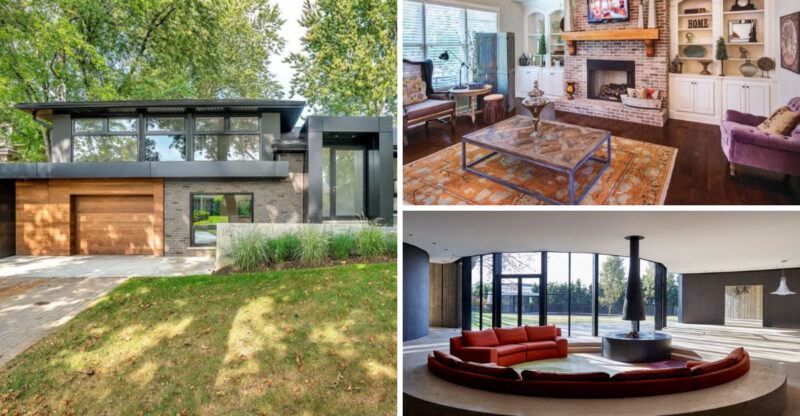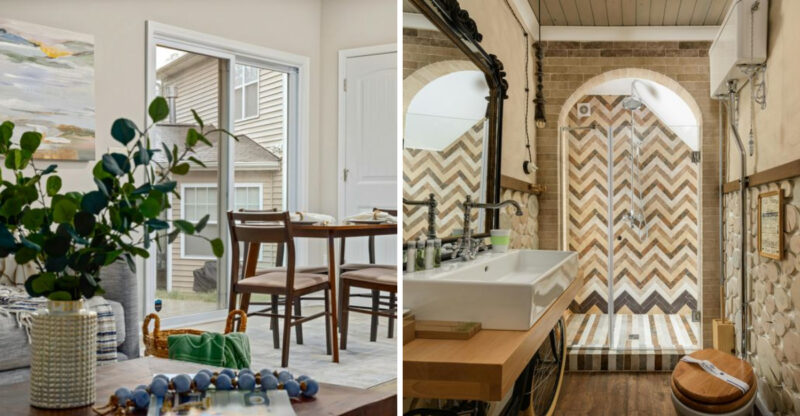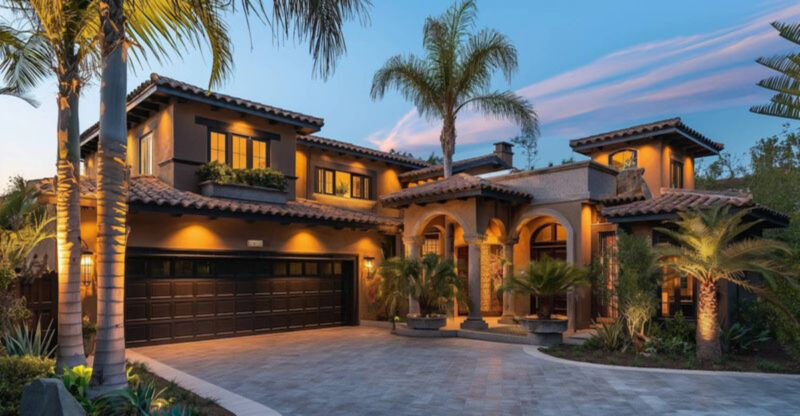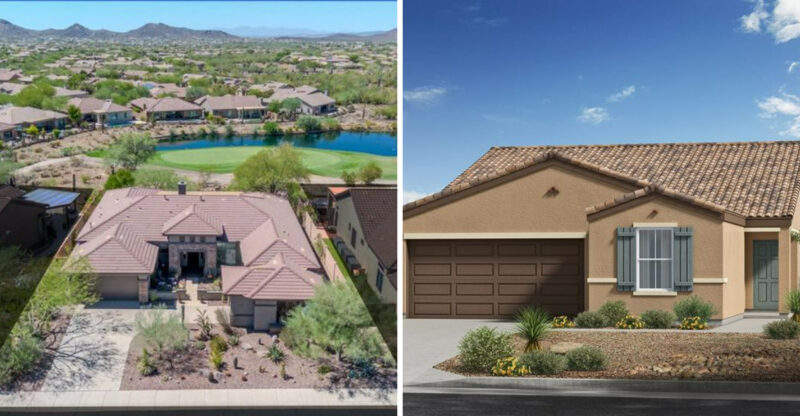These 5 Tennessee Homes Could Lose Value Fast But 7 Others Are Worth Watching
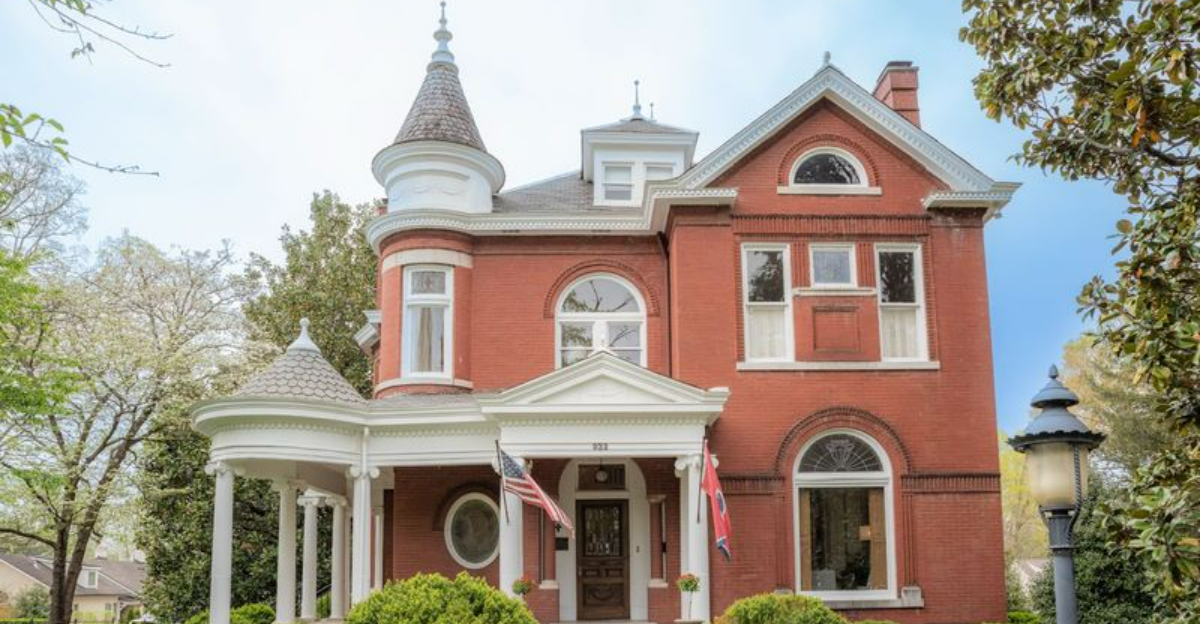
The Tennessee housing market is experiencing some dramatic shifts that every homeowner and potential buyer should know about. While some properties are at risk of significant value drops due to changing economic conditions and neighborhood factors, others show promising signs of growth.
I’ve researched which Tennessee homes might be heading for trouble and which ones could be smart investments in the coming years.
1. Rural Properties Near Coal Mining Operations
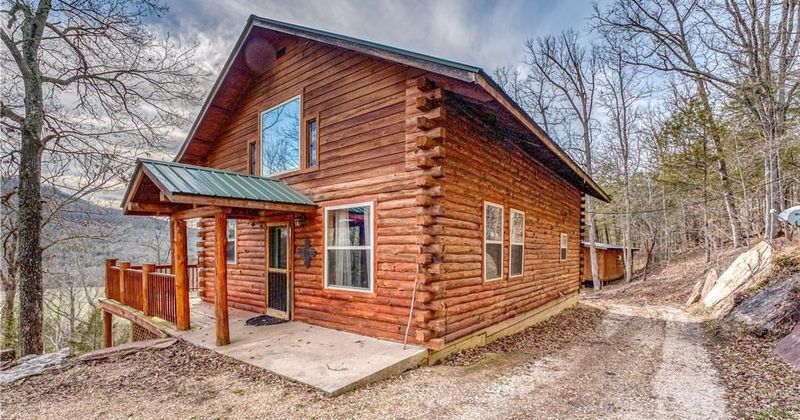
Homes located near active or recently closed coal mining operations in eastern Tennessee face serious devaluation risks. Environmental concerns and reduced employment opportunities in these areas are driving people away faster than new residents arrive.
Water quality issues and potential land subsidence add to buyer hesitation. If you own property in counties like Campbell or Claiborne where mining has been prevalent, consider selling before values decline further.
2. Flood-Prone Nashville Suburbs

Climate change has increased flooding frequency in certain Nashville suburbs, putting homeowners in a precarious position. Insurance companies have taken notice, with premiums skyrocketing or coverage being denied altogether in high-risk zones.
Areas like Bellevue and parts of Antioch that experienced devastating floods in 2010 remain vulnerable. Recent meteorological data suggests these events will become more common, not less, making these properties increasingly difficult to sell at fair market value.
3. Aging Condo Developments in Memphis
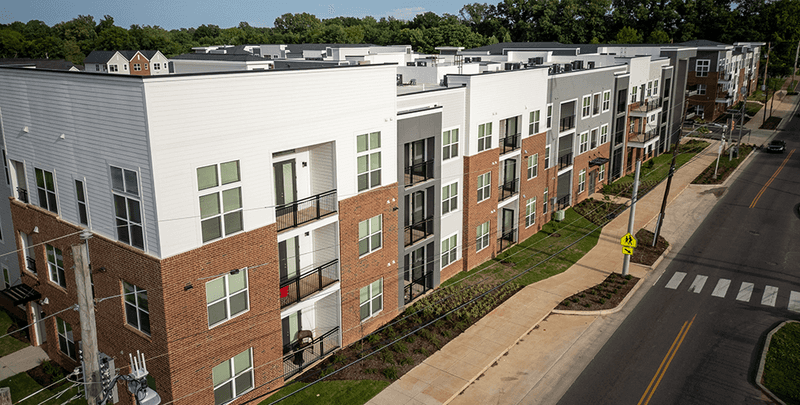
Many 1970s and 1980s condominium complexes throughout Memphis are showing their age with outdated systems and mounting maintenance issues. Special assessments have become more frequent, causing owners to sell at discounted prices just to escape the financial burden.
Buyers increasingly prefer newer construction with modern amenities and energy efficiency. Without significant updates to electrical systems, plumbing, and common areas, these aging units will continue losing value compared to the broader Memphis market.
4. Small Towns Dependent on Single Employers
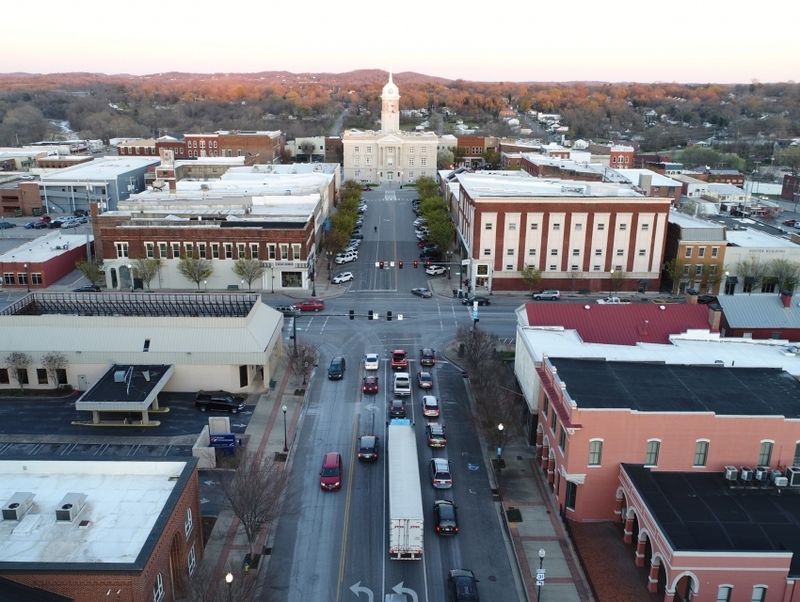
Several Tennessee small towns built around a single manufacturing plant or factory face uncertainty as these companies consider relocating operations. When the major employer leaves, housing values can plummet almost overnight.
Communities like Spring Hill would be vulnerable if their automotive plants downsized. Property owners in these single-industry towns should monitor company announcements carefully and consider diversifying their real estate holdings to include properties in more economically diverse areas.
5. Outdated McMansions in Williamson County
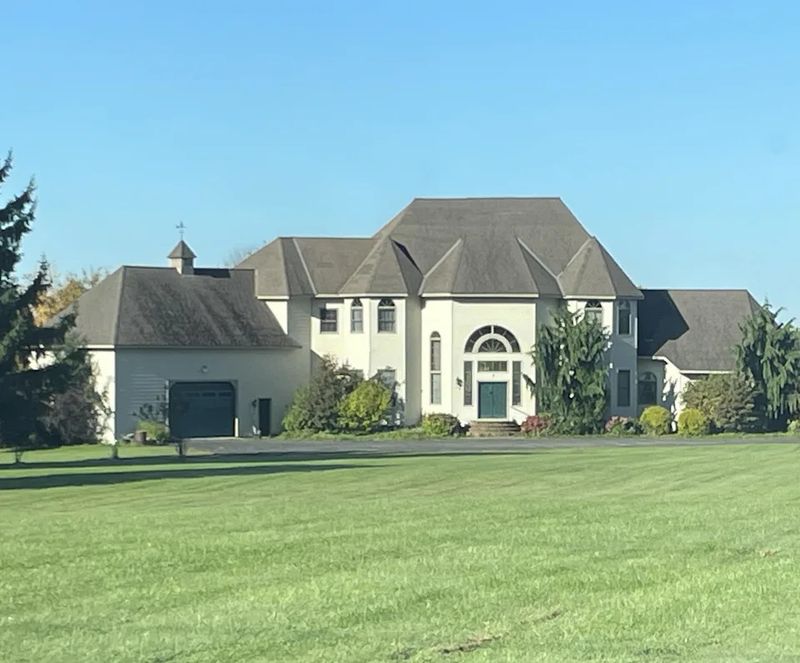
The massive homes built during the early 2000s housing boom in affluent Williamson County are falling out of favor with today’s buyers. These energy-inefficient properties with formal living spaces no longer match how modern families live.
Younger homebuyers prefer smaller, more sustainable homes with flexible spaces. Maintenance costs for these 5,000+ square foot properties continue rising while buyer interest wanes. Owners of these suburban castles may need to significantly update floor plans or accept below-market offers when selling.
6. Chattanooga Riverfront Properties

Chattanooga’s ongoing riverfront revitalization has transformed once-industrial areas into highly desirable neighborhoods. Properties along the Tennessee River now command premium prices as the city continues investing in waterfront amenities and outdoor recreation opportunities.
The combination of mountain views and water access creates a unique value proposition. Recent sales data shows these properties appreciating at nearly twice the rate of the broader Chattanooga market, making them excellent long-term investments for those who can afford the entry price.
7. Nashville’s Emerging East Side Neighborhoods
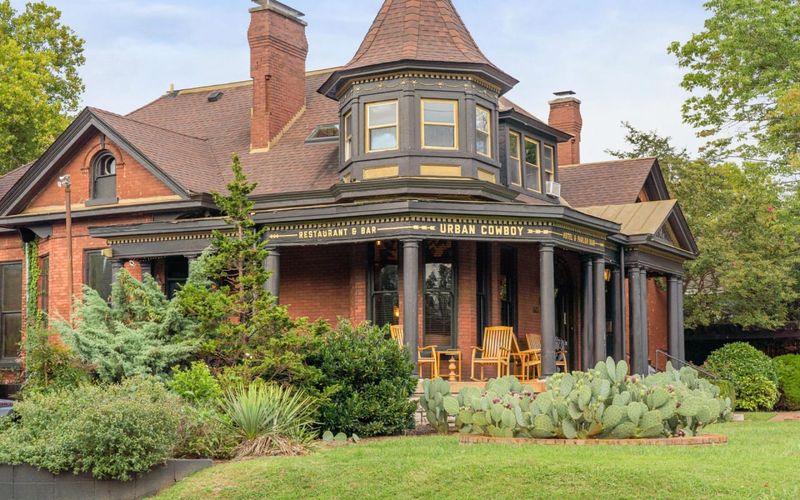
Once overlooked areas east of downtown Nashville are experiencing remarkable transformations. Neighborhoods like East Nashville and Inglewood attract young professionals and creative types with their unique character and relative affordability compared to other parts of the city.
Local businesses, restaurants, and music venues have followed the population shift. Housing stock typically consists of charming older homes being renovated one by one, creating a ripple effect of increasing values block by block as the revitalization continues spreading outward from already-established pockets.
8. Knoxville University District Investments
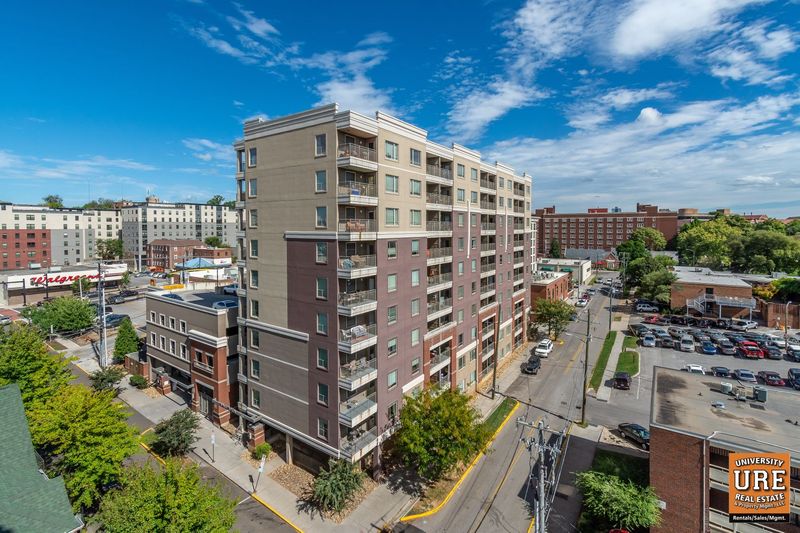
Properties surrounding the University of Tennessee in Knoxville offer surprisingly stable returns despite market fluctuations elsewhere. The consistent student population creates reliable rental demand year after year.
Recent university expansion plans and private development projects are breathing new life into formerly neglected areas. Smart investors are purchasing older homes and small apartment buildings within walking distance of campus, renovating them to modern standards, and enjoying both appreciation and strong rental income from the captive market of students and faculty.
9. Franklin Historic District Gems
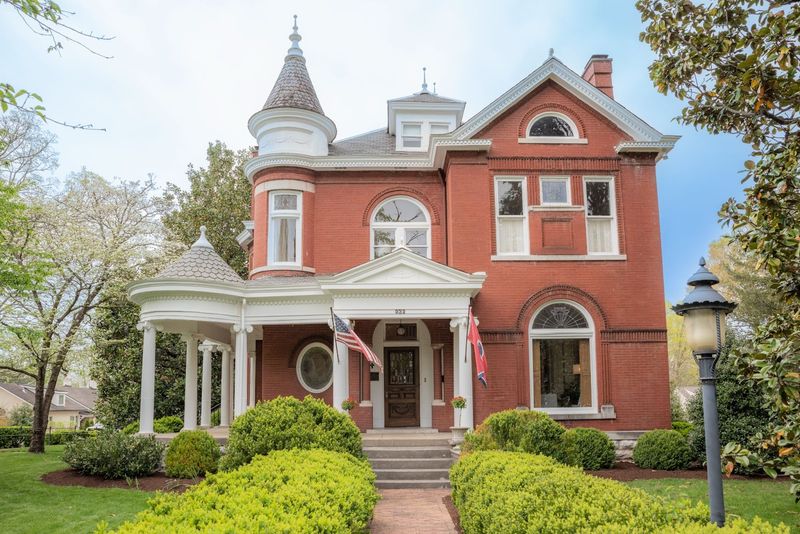
Franklin’s charming historic district continues breaking price records as demand for these irreplaceable properties outpaces the limited supply. The combination of walkable downtown amenities and carefully preserved architecture creates a premium market segment.
Strict preservation guidelines protect the character that makes these homes special. While renovation costs can be substantial due to historical requirements, completed properties command extraordinary prices. Even during broader market downturns, these homes tend to hold their value better than newer construction in the same price range.
10. Johnson City’s Medical Corridor
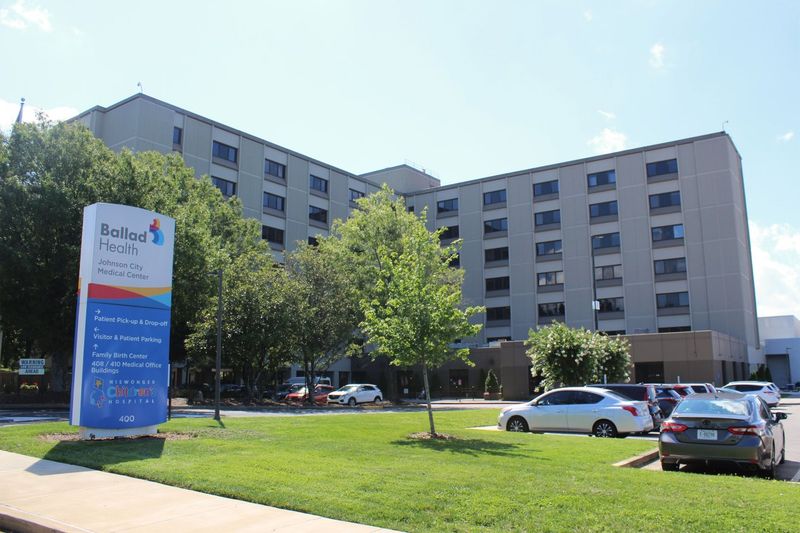
The expanding medical sector in Johnson City has created a housing boom in neighborhoods surrounding the hospital complex and medical schools. Healthcare professionals value proximity to work, creating strong demand for homes within a short commute.
Properties in this area have appreciated steadily over the past decade. The healthcare industry’s stability provides insulation from economic downturns that might affect other employment sectors. Investors purchasing homes in this corridor can expect reliable tenant quality and consistent appreciation regardless of broader market conditions.
11. Gatlinburg Vacation Rentals
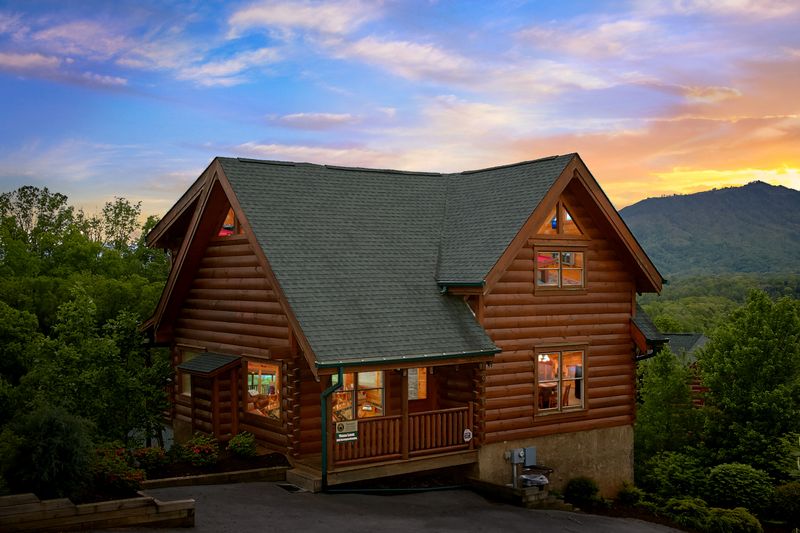
The vacation rental market near Great Smoky Mountains National Park has exploded in recent years, with Gatlinburg properties leading the charge. Short-term rental income often exceeds what traditional long-term rentals could generate by 200-300%.
Properties with mountain views or unique features like hot tubs perform exceptionally well on platforms like Airbnb. The year-round tourism season means consistent bookings across all seasons. While purchase prices have increased significantly, the rental income potential continues making these properties attractive investment vehicles despite the higher entry costs.
12. Murfreesboro New Construction Communities
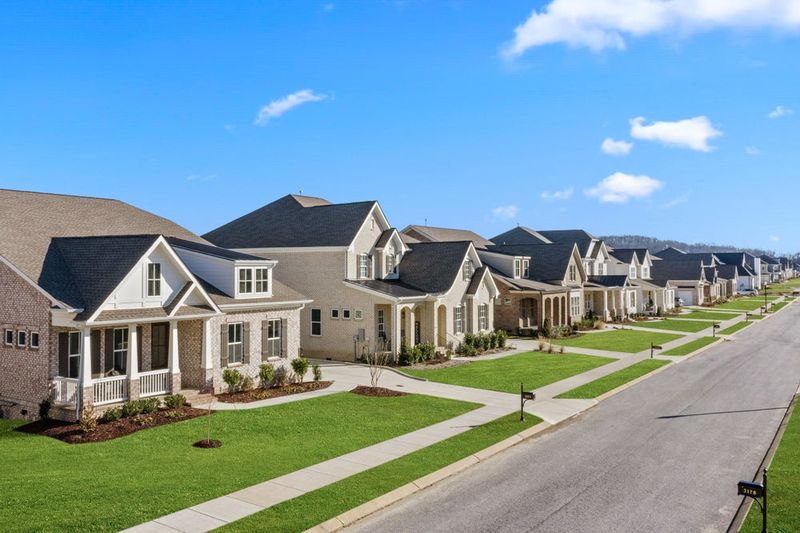
Murfreesboro’s strategic location between Nashville and Chattanooga has fueled explosive growth, with new construction communities offering excellent value compared to similar homes closer to Nashville. The expanding Middle Tennessee State University and diverse employment base provide stability.
Infrastructure improvements including road expansions and new schools support the growing population. While these newer communities lack the character of historic neighborhoods, they offer modern floor plans and amenities at approachable price points. First-time homebuyers and young families find particular value in these developing areas.

